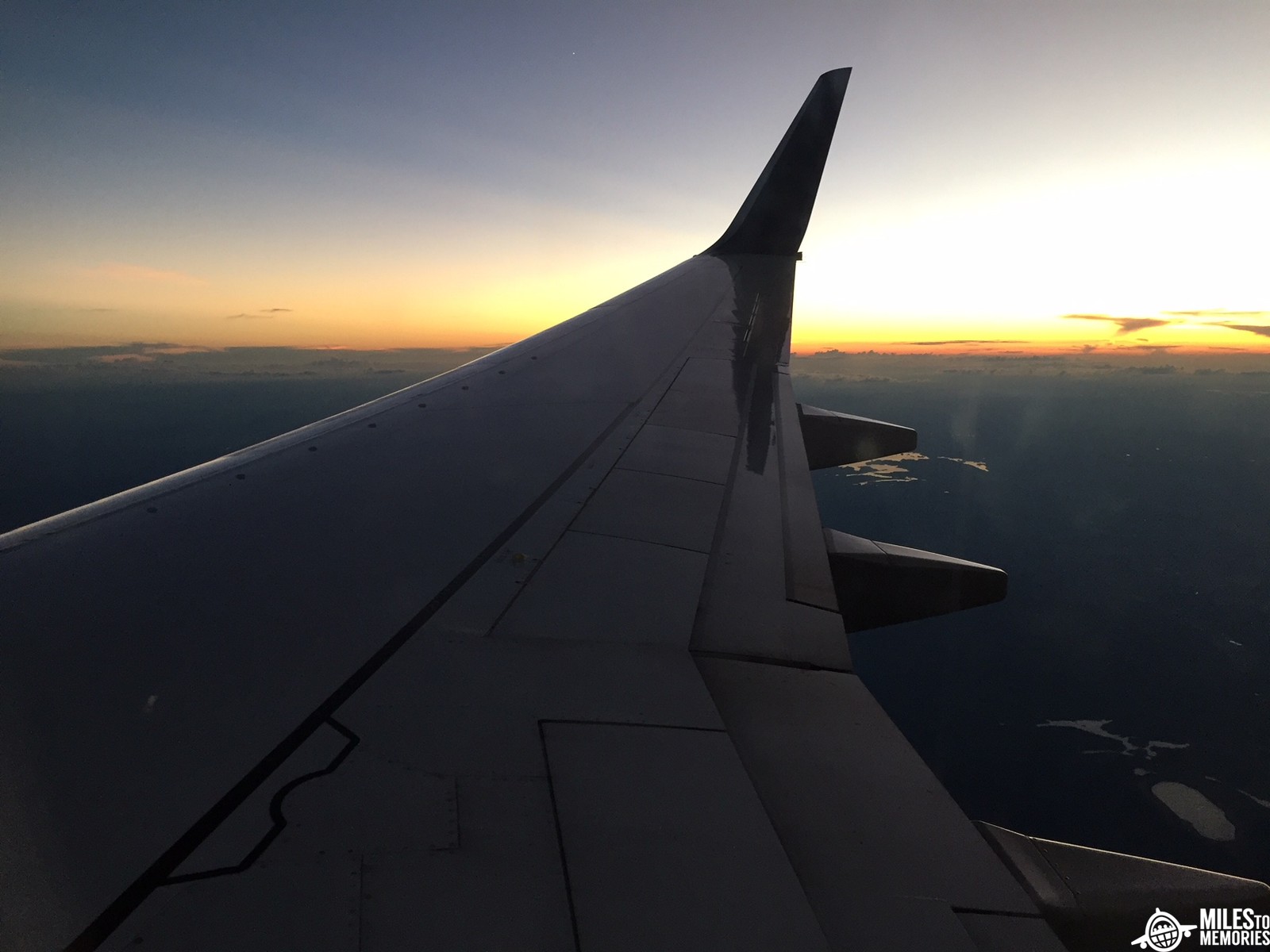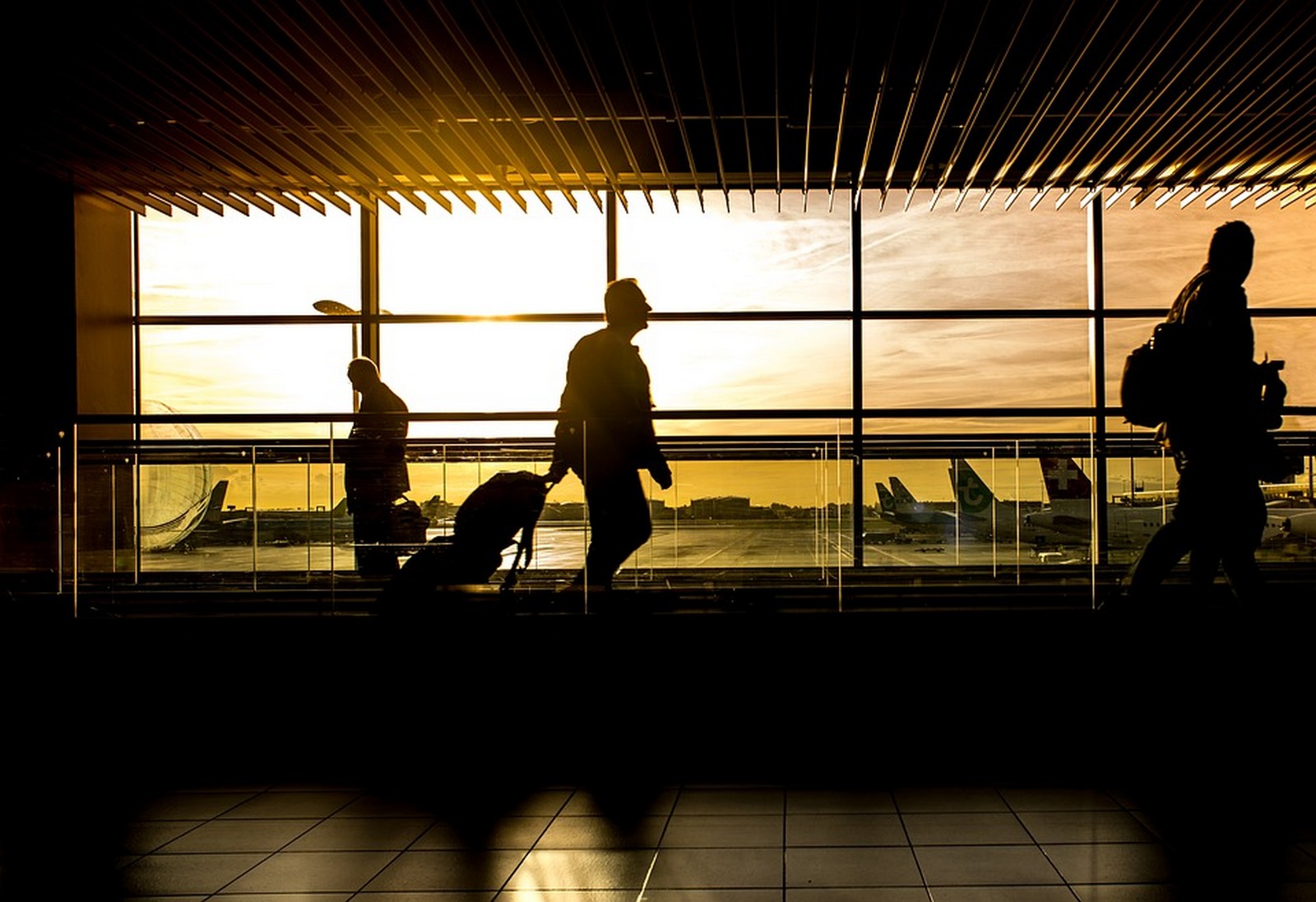Bloomberg Says Airlines Have Lowered Award Prices – I Call Tomfoolery
I saw an article on Bloomberg titled Airlines Want You To Burn Your Miles and it honestly read like an airline fluff piece. I am not talking about the part discussing how airlines want you to use your miles, because they do. But in the piece they also say:
To entice travelers to use—rather than hoard—their miles, airlines have decreased the number of miles needed to book a ticket, increased the numbers of seats per plane available for rewards travel, and enhanced the buying power of each mile. The prices to redeem miles have also declined in tandem with airfares. To be sure, not every flight has seen these generous changes, and airlines tend to offer better prices on off-peak flights where they won’t sell as many seats.
Do Airlines Want You To Burn Your Miles?
I agree with the premise of the article that airlines want you to burn your miles. The reason Bloomberg gives is that the airlines want to keep their members engaged in the award program. That will keep customers loyal and coming back for more. While that premise is true of any loyalty program, even the Subway sandwich punch card, it isn’t the only reason in my opinion.
Loyalty programs are huge money makers for these airlines because they are able to sell their miles in bulk to corporations. Those corporations then give those miles out as currency for credit card welcome offers, bank bonuses, portal bonuses etc. These programs have become a revenue machine. I would assume they also want you to use the miles regularly so that they can get the liability of the unused miles off their books.
Bloomberg goes on to talk about how the airlines have opened up using their miles for more things like upgrading tickets. Delta is quoted as saying 1,000 people use this service each day. What Bloomberg does not say is that using miles this way is the least value redemption you can do at 1 cent per mile.
Bloomberg also talks about how earning miles went from distanced based earning to cost of ticket earning. They don’t mention that this made earning miles from flying more difficult and was a devaluation overall.

Award Prices Are Cheaper, Say What?
Here is another quote from the article I have an issue with:
The six largest U.S. carriers grew more generous from 2013 to 2018 as they sought to encourage mileage redemption. The average price, in loyalty miles or points, for a domestic rewards ticket declined 13.5 percent over that time, according to data compiled by IdeaWorksCompany and CarTrawler.
They grew more generous? Ask any travel junky if airlines were more generous in 2013 or now and they will all say 2013. What I think they are focusing on is the fact that airlines have introduced reduced mileage redemptions. American Airlines has 7,500 one way awards now as does United. Delta has flights as low as 5,000 miles now too. This is based on the fact that cash ticket prices have dropped and most airlines are trending towards revenue based now.
I know the bottom of the award chart is lower (for domestic flights) but that the upper end is higher too. They go on to say award availability is better now versus in 2013. Tell that to United flyers. American may have a saver award available but it will include 3 segments and an overnight stay to go 1,000 miles. If you want a decent routing you are paying 20-30,000 miles one way a lot of the time.
Why I Find This To Be Untrue
In my article ranking the programs for domestic travel I did an average cost for each flight. I had selected random dates for random flights and chose the best price for each airline, even if only first class was available. The average cost roundtrip was 35,000 for Delta, 45,000 for United, and 46,000 for American. Tell me how that is better than in 2013? You can boast lower awards all you want but when so few of them are released it doesn’t drop the average redemption down all that much.
Bloomberg goes on to put a small blurb at the bottom about how international awards may be on the rise though. Huh, you think? And that doesn’t take into account the fact that international ticket prices are as low as they have ever been.




Let’s see, in 2013 a Delta business class award ran what, around 100,000 miles round trip? Now if you can find 150,000 you’re doing pretty well. How about our pals at AA? Does anybody else remember the 67,500 one way mile cost to SE Asia in first? How much now? Only 110,000 miles. Now maybe they’re using some form of new math, but in traditional math, 110 is a larger number than 67.5. Whatever they’re huffing to come up with this insane premise, you know that they got the good stuff.